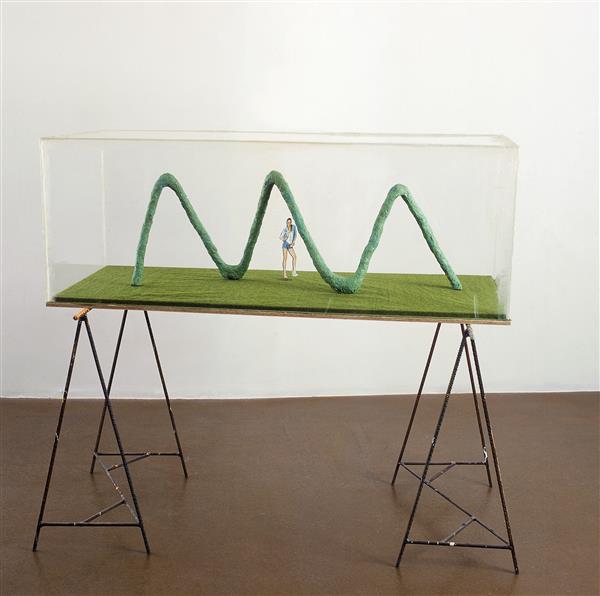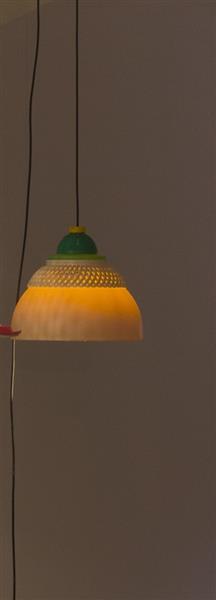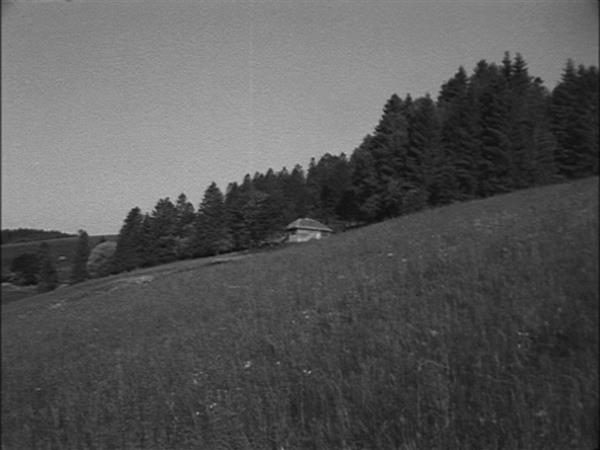All Students Are Welcome To All Events - TBC
Ryan Gander
notice board of USC Art School, Los Angeles, customized by the artist; paper, glass and metal
122 × 183 × 8 cm (framed)
2006
Acquisition 2007
Inv. No. 0170
During a stay in Los Angeles, Ryan Gander pilfered notices from a board of the Art School at the University of Southern California (USC), replacing the color originals with copies. He mounted the originals on a new board. Some of the sheets were overprinted with a circular design based on the philosopher Jeremy Bentham’s (1748–1832) idea of the panopticon – a concept for prisons, factories, and other institutions in which only a few central points of observation were to grant a maximum of supervision. By transferring the original supervision structure to a campus, Gander also suggests the possibility of collecting knowledge.
In the course of an interview with Ryan Gander conducted by Hans Ulrich Obrist in 20071, this series of works, which also includes the one in the evn collection, accidentally crops up through a phone call:
[RG’s telephone rings.]
HUO: This is Ryan Gander’s phone. Who’s speaking? Jonathan, this is
RG: I asked Jonathan [a tutor at the Slade College of Fine Art at the University College London and an artist himself] if he could steal notices off the school’s board so that I could use them for a work. I want someone to go into the Slade School of Art because Jeremy Bentham’s headless body is there, and they wheel his body out for dinner sometimes. The idea is to take those notices and put them in a gallery, but photocopy over the top of them an enlarged plan of the art school that I designed, which is based on Jeremy Bentham’s Panoptic Prison. So there’s this idea that his prison becomes an art school in some other crazy reality which will never reach fruition, will never exist. As the notices are from the place where his body is, there’s this full circle that revolves around the art school, Jeremy Bentham, and the prison – three things. Jonathan is concerned about the Data Protection Act, which says you can’t really do that – that’s material. Yet these things get taken off the notice board and put in the dustbin eventually. So what if I pick them up from the dustbin? I don’t think the Act is necessarily a problem.
HUO: So can anything be your material?
RG: Yes.
1) This passage from the interview is published here for the first time. For other parts of the interview see Ryan Gander, Will Holder (eds.), Intellectual Colours. Ryan Gander, Silvana Editoriale and Dena Foundation for Contemporary Art, Paris, Milan 2007. Continue reading
Publications
evn collection. 2006–2011, Cologne 2011, p. 206–209


